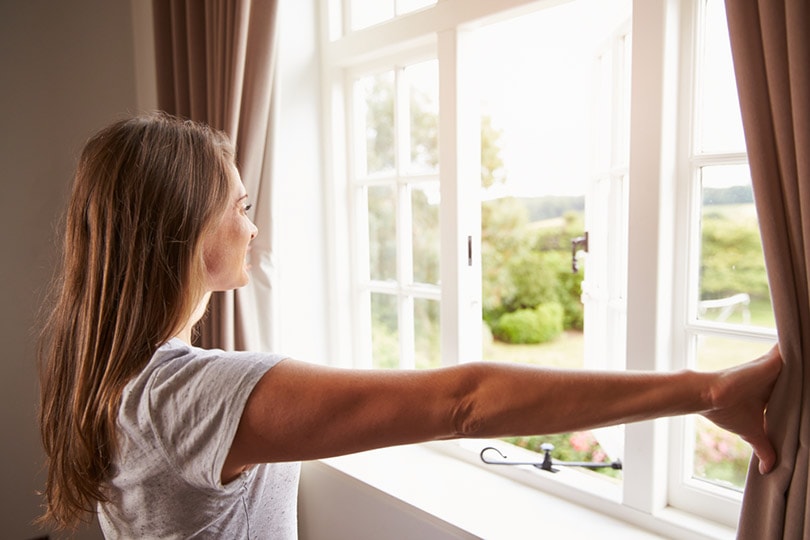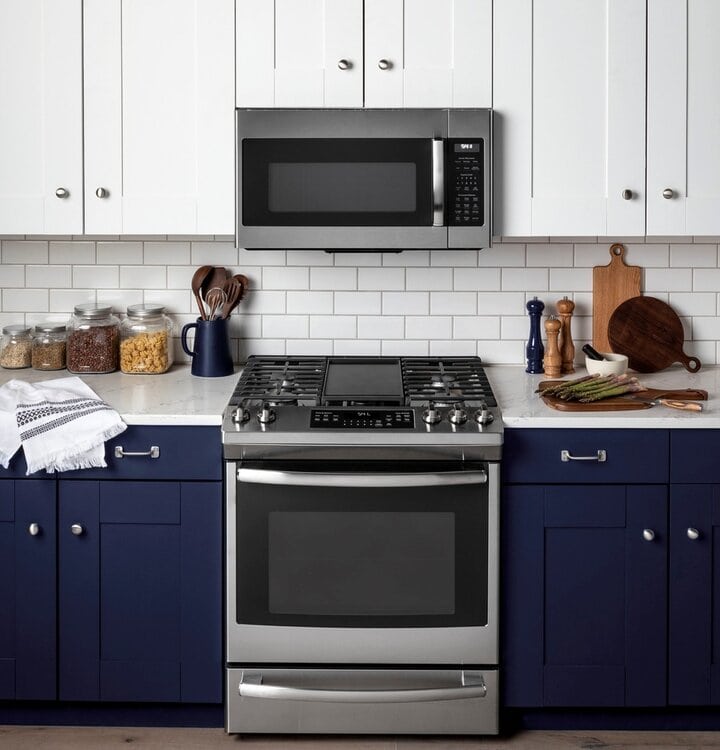How to Make Glue Dry Faster: 11 Methods
-
Ed Malaker
- Last updated:

Waiting around for glue to dry is one of the most frustrating parts of any project, and it can add to your anxiety if you are on a deadline. If you are in a hurry to complete your project, but the glue is taking too long to dry, you have come to the right place. Here are several ways that you can speed up the process.
The 11 Ways to Make Glue Dry Faster
1. Work in a Ventilated Area
Stagnant air can slow the drying process, especially if it’s humid. Opening windows and turning on fans can help move the air around, remove moisture, and decrease the drying time of your glue. Working in a well-ventilated area is also essential for your safety.

2. Increase the Temperature
One of the best ways to increase the drying time of many brands of glue is to increase the temperature. For example, if your project is inside your home, you can raise the thermostat to speed up drying time. This works especially well for white school glue, like Elmer’s, so it can help your child get a project finished in time.
3. Work in the Sunlight
One great way to increase the temperature of a project is to work in direct sunlight. Watch the weather report, and choose a warm day with minimal clouds to work on your project. The sunlight will increase the project’s surface temperature, helping the glue dry faster. When working indoors, choose an area of the home where plenty of the sun comes through a window.
4. Use a Dehumidifier
If you are working outside, we recommend checking the weather report to choose a sunny day with relatively low humidity. You should do the same when working indoors, but you can also help dry out the air with a dehumidifier, which can help speed the drying time of many types of glue.

5. Use a Hairdryer
A hairdryer is a great way to increase the surface temperature of your project without heating the entire house. It also helps reduce moisture, and the movement speeds up the drying process. However, this idea is better suited for small projects that won’t overheat the hairdryer.
6. Use New Glue
Superglue and other similar kinds of glue tend to dry better when they are new. You don’t need to purchase fresh glue for each project, but if the one that you have is more than a year old, you might want to consider replacing it.
7. Use Less Glue
Many people use too much glue on their projects, which can increase the drying time significantly. Always read the directions on the package, and use only what you need to create a bond between the two surfaces.

8. Use a Clamp
Using a clamp helps create a tight bond. By pressing the surfaces together tightly, you can eliminate any extra glue that can increase the drying time. Many people might not have clamps lying around, but they are worth the time and cost to get a few, especially if you do many projects requiring glue.
9. Use a Fast-Drying Glue
This might seem obvious, but many people don’t know that there are fast-drying versions of many popular types of glue available. If time is of the essence, research to see if there is a fast-drying option for your favorite glue before you make a purchase.
10. Use Your Oven
If you are using non-toxic glue, you can help increase drying times by setting the oven to a low temperature and placing the project inside for a few minutes. You will need to be extremely careful that you don’t burn your work, but it can help increase drying times.
For most projects, preheat the oven to about 200 degrees Fahrenheit before placing the project inside and then turning the oven off. It will take several minutes to return to room temperature, significantly increasing drying time while minimizing risk. Repeat as needed until the glue is dry.

11. Store the Glue Bottle in a Cool Place
Store your glue bottle or jar in a cool place. Warm temperatures can cause new glue to break down faster than normal, shortening its lifespan. Make sure the top is closed tightly, and keep it in a cool, dry place until you need it again.
Other Tips and Tricks
- Always apply glue to a clean, dry surface.
- Make sure you are using the right kind of glue for your project.
- Sandpaper the surface before you apply glue for a better bond.
 Summary
Summary
In most cases, you will need to wait about 24 hours for glue to dry completely, but the methods on this list can help you get it dryer sooner. Always work with plenty of ventilation, and if possible, increase the surrounding temperature or work in the sun. Hairdryers are fantastic tools for drying glue, and in many cases, simply using less glue will help it dry faster.
See also:
- Can I Use CPVC Glue on PVC? What You Need To Know
- Can You Paint Over Wallpaper Glue? Is It a Good Idea?
Featured Image Credit: Counselling, Pixabay
Contents
